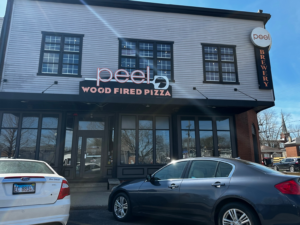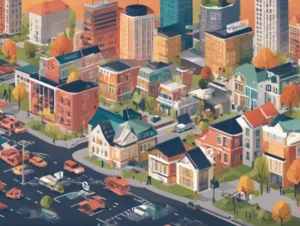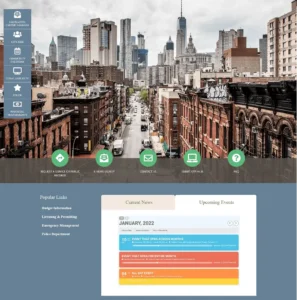[ad_1]
The city of O’Fallon, Illinois, has a rich history. Established in 1854, the town has seen many changes throughout the years. However, one way in which the town has been able to preserve its past while building for the future is through the development of its historic district.
The O’Fallon Historic District, located in the heart of the town, encompasses a significant portion of O’Fallon’s original downtown area. The district includes many buildings that are over 100 years old and represents a variety of architectural styles, including Italianate, Gothic Revival, and Queen Anne.
The Historic District was established in 1994, and since then, the city has worked diligently to preserve and restore the buildings within the district. This has been accomplished through a combination of public and private efforts.
One example of this is the restoration of the O’Fallon City Hall, which was originally built in 1928. The city hall holds significant architectural and historical importance, as it was built during the era of rejuvenation and prosperity in the city. The restoration of the city hall included repairing and cleaning the exterior, restoring the original windows, and installing new heating and cooling systems to ensure the building’s long-term preservation.
Another example is the restoration of the William R. Prichett House, which is also located in the Historic District. The house was built in the Gothic Revival style in 1866 and is considered one of the most significant examples of Gothic Revival architecture in the area. The restoration of the William R. Prichett House included the installation of new windows and roofing, as well as the restoration of its interior features, such as the woodwork and plaster.
Preserving the Historic District has not only allowed the town to keep its past alive, but it has also created opportunities for economic growth. The restored buildings have inspired many new businesses to move into the area, creating a vibrant and diverse downtown area. Business owners have been able to capitalize on the unique features of the Historic District, using their building’s character and history to attract customers.
In addition to the restoration efforts, the city has also implemented strict zoning regulations and design guidelines to ensure that new construction and renovations are consistent with the Historic District’s character.
Preserving the past while building for the future is no easy feat, but O’Fallon, Illinois, has managed to do so successfully through its Historic District’s careful conservation and restoration efforts. By integrating history into modern-day life, the district has preserved the town’s heritage while creating new opportunities for its future.
[ad_2]







